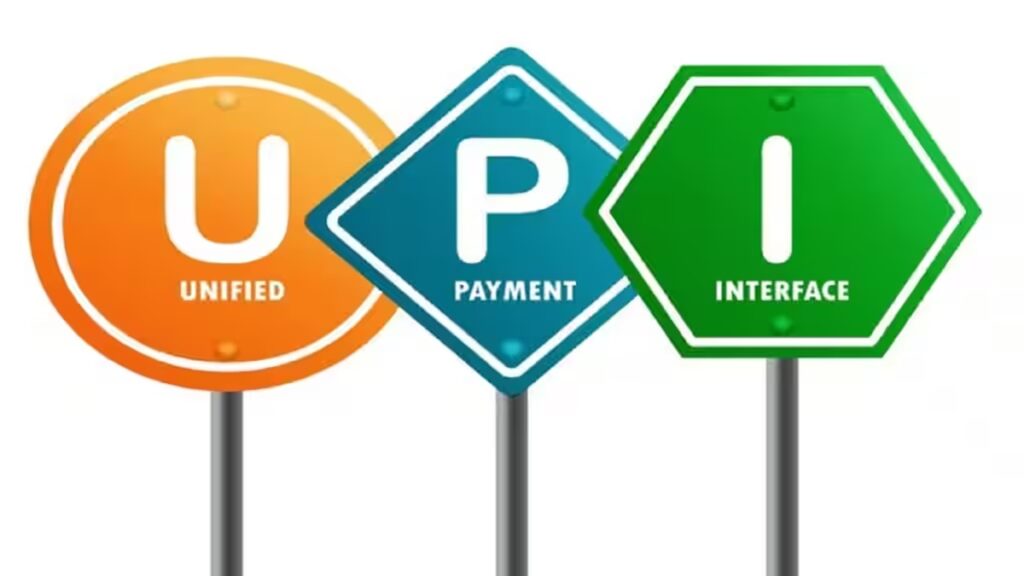NEW DELHI: After months of dithering, the government may allow banks to levy merchant discount rate (MDR) charges on UPI transactions beyond a threshold. The move is in the wake of the need being felt to compensate banks and and payment service providers for their operational costs and investments in technology to ensure a secure payment infrastructure.
Various options are being looked at, and a transaction threshold would need to be fixed, above which the transactions could apply, sources told FE. Currently, a rather wide range of Rs 2,000-5,000 is being considered, with the notion of exempting small-ticket transactions by common people, the sources added. “While deciding on the MDR rate above a threshold, the government will take care of small merchants and common people,” an official said.
Three to four rounds of discussions have occurred on the issue in the government, the person added.
“We have to ensure the cost is recovered, there is no disincentive for small merchants for use of UPI and they (banks and payment service providers) should not be making any undue profits,” another official said, adding that a decision will based on these three pillars.
Sources said while bigger merchants can absorb the MDR charges or pass these on to customers, there are concerns that small merchants won’t be able to absorb the charges, thereby creating an uneven field for them.
In FY25, the government paid 0.15% subsidy for UPI transactions below Rs 2,000, which the Payments Council of India (PCI), an industry body representing 180 members, said was insufficient against the annual estimated cost of Rs 10,000 crore maintaining and expanding the digital payments ecosystem.
PCI has proposed the introduction of an MDR of 0.3% for UPI only for large merchants. Currently, MDR is levied between 0.9% to 2% for credit and debit cards other than RuPay.
The Centre removed the MDR on UPI transactions from 2020 to promote digital payments and onboard more merchants to accept such transactions. Previously, merchants paid an MDR of less than 1% of the transaction amount.
With UPI dominating 80% of transactions but having zero MDR, there is little motivation for payment industry players to invest in deeper penetration, PCI had said recently.
In April, UPI services were affected with multiple reports of failure of transactions from across the country.
According to the ACI Worldwide Report 2024, India accounted for 49% of global real-time transactions in 2023, reaffirming its position as a global leader in digital payments innovation.
UPI transaction values have seen an exponential increase, growing from Rs 21.3 lakh crore in FY 2019-20 to Rs 260.56 lakh crore by March 2025. Specifically, P2M (person to merchant) transactions have reached Rs 59.3 lakh crore, reflecting growing merchant adoption and consumer confidence in digital payment methods.
Source: The Financial Express

